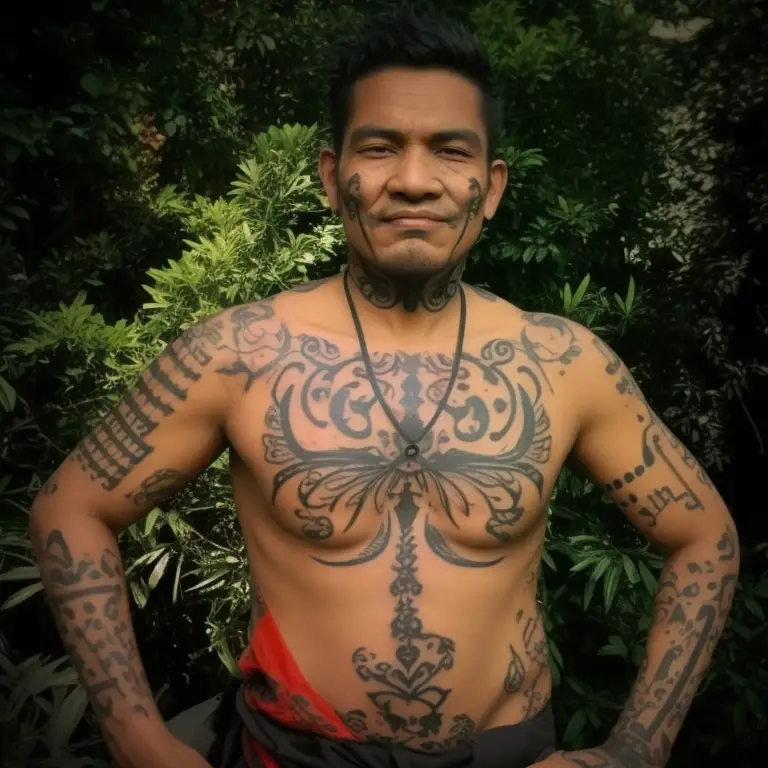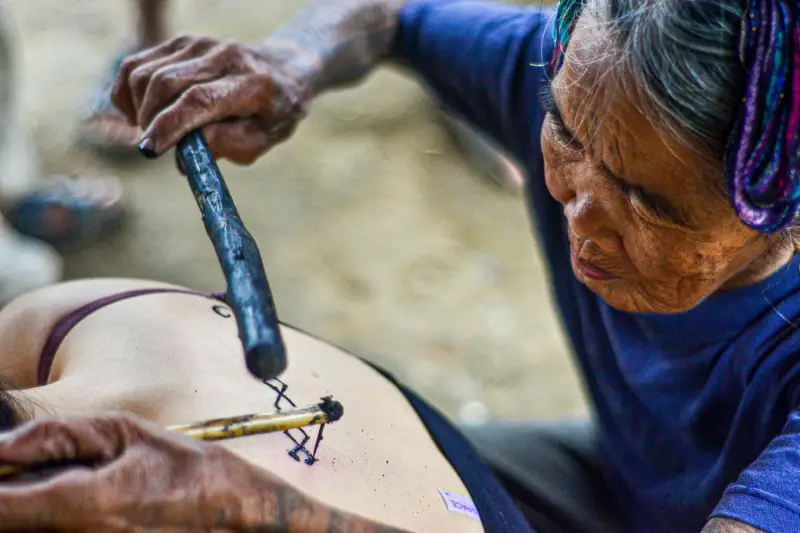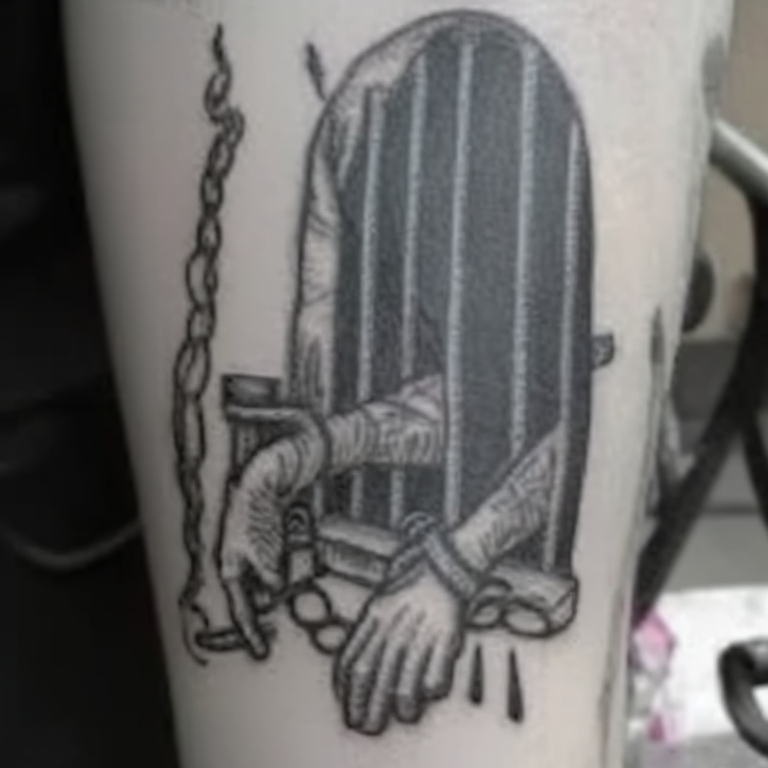
History of Soot Tattoos
Tattoos have long served as symbols of identity, protection, ritual, and personal storytelling. Among the most rudimentary and culturally significant forms of tattooing is the soot tattoo—a technique that uses carbon-based soot as pigment. Though often overlooked in the broader history of tattoo art, soot tattoos carry a deep heritage rooted in survival, spirituality, and expression across various societies.
From Ancient Traditions to Modern Symbolism
At its core, a soot tattoo is created using carbon-rich soot as the primary pigment. Traditionally, this soot was collected from oil lamps, burnt wood, or other natural sources of combustion. Mixed with a carrier (often water, saliva, or animal fat), it was inserted into the skin using rudimentary tools like sharpened sticks, needles, or bone.
Soot tattoos are characterized by their deep black appearance—though over time, they often fade to a soft blue-gray due to how the carbon particles settle in the skin.
Ancient Origins: Marking the Body with Fire
The history of soot tattoos stretches back thousands of years. Some of the earliest known human tattoos, found on mummified remains, show evidence of carbon-based inks.
Ötzi the Iceman (c. 3300 BCE)
One of the most famous examples is Ötzi the Iceman, a naturally mummified man found in the Alps. His body bears over 60 tattoo marks made with carbon-based pigment, likely soot or ash. These were placed on joints and along the spine, suggesting a possible connection to therapeutic or ritualistic practices.
Indigenous and Tribal Cultures
Many indigenous cultures have historically used soot or ash in tattooing:
Maori (New Zealand)
Southeast Asia
Inuit (Arctic Circle)
Soot Tattoos as Folk Medicine and Protection
In many traditional societies, soot tattoos weren’t just decorative—they were protective or medicinal.
Protective Charms: Some cultures believed that tattoos made with soot warded off evil spirits, diseases, or bad luck.
Healing Marks: Similar to acupuncture, certain soot tattoos were placed on specific body points believed to reduce pain or prevent illness. This practice echoes the placement of tattoos on Ötzi’s joints.


The Prison Tattoo Connection
In more recent history, soot tattoos became widely associated with prison culture across various countries. Inmates with limited access to ink resorted to burning materials like plastic, paper, or fabric to create soot, which they mixed with water, shampoo, or even blood to make a usable pigment.
Prison soot tattoos often became potent symbols of defiance, brotherhood, or affiliation. Common imagery included numbers, symbols, or text denoting time served, gang membership, or personal beliefs.
Soot Tattoos in Modern Times: A Symbol of Raw Authenticity
Today, soot tattoos continue to hold meaning—sometimes sought after for their rough aesthetic and historical connotations.
- Stick-and-Poke Resurgence: The DIY tattoo revival has seen a return to hand-poked techniques, with some modern artists using carbon-based inks reminiscent of soot tattoos (though now with sterilized and safe pigments).
- Cultural Revivals: Indigenous communities are reclaiming and reviving traditional tattoo methods, often sticking close to ancestral techniques that once used soot.
- Artistic Minimalism: Some contemporary tattooists intentionally emulate the look of old soot tattoos, celebrating their imperfections, fading, and organic linework.
From the icy passes of prehistoric Europe to the humid valleys of Southeast Asia, and even the dark corners of modern prison cells, soot tattoos trace a long, raw, and intimate history of human expression. They represent pain and healing, defiance and identity, tradition and innovation.
Today, they remind us of the power of simplicity—that even with nothing but fire, soot, and skin, people have always found ways to leave their mark on the world.
